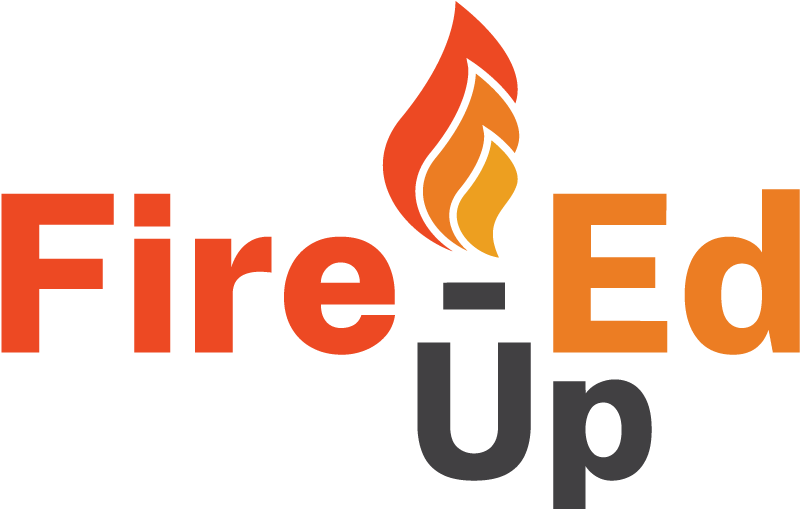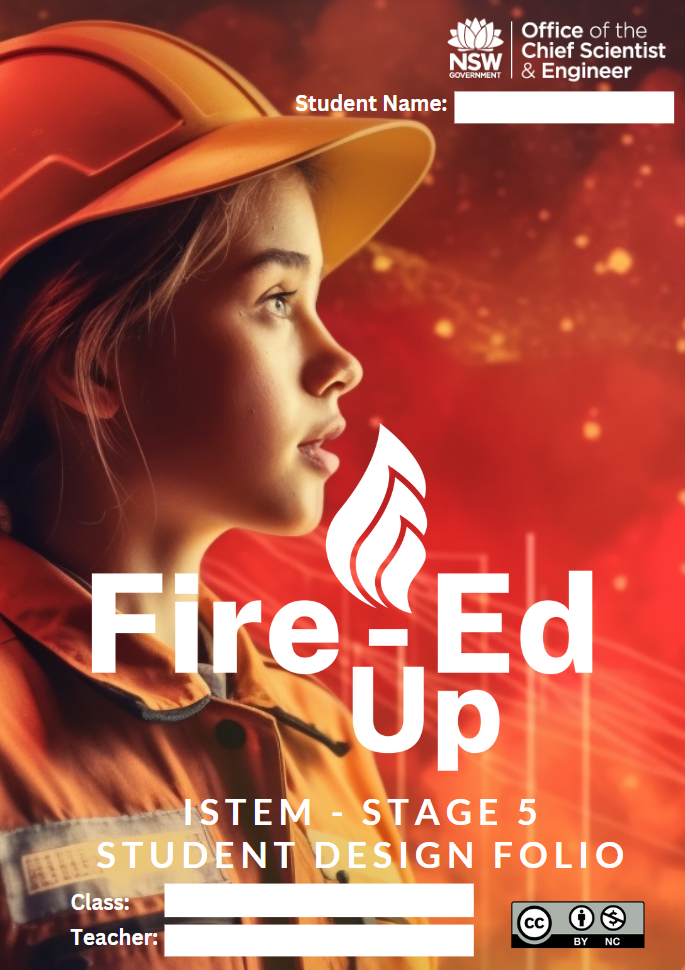 iSTEM - Unit of Work
iSTEM - Unit of Work
Introduction
Welcome to the Stage 5 – iSTEM, Fire-Ed Up Unit of Work. This is a resource site setup to support teachers to implement the Fire-Ed Up Program. The iSTEM unit of work is based on the iSTEM Project Based Learning Core Topic.
Fire-Ed Up is funded by the NSW Office of the Chief Scientist and Engineer, developed from Central Coast Council’s Award Winning program and produced by the Hunter Innovation and Science Hub.
Design Situation
Australia has recently faced the severe impacts of bushfires, with events like the Black Summer fires causing significant personal, environmental, and economic harm. This situation urgently calls for innovative approaches to manage and reduce the impact of bushfires.
As climate change leads to more frequent and intense fires, adopting new and emerging STEM-based solutions becomes more and more crucial. These approaches utilise advanced technological tools that enhance our ability to predict, understand, and respond to bushfires, offering more effective strategies in a time of escalating bushfire risk in Australia.
Design Brief
This design brief seeks innovative STEM-based solutions to a range of bushfire-related scenarios. Over a course of 10 weeks, students engaged in the Fire-Ed Up iSTEM unit will have the opportunity to fully explore, develop, and refine their bushfire-related solutions using the established iSTEM Engineering design process.
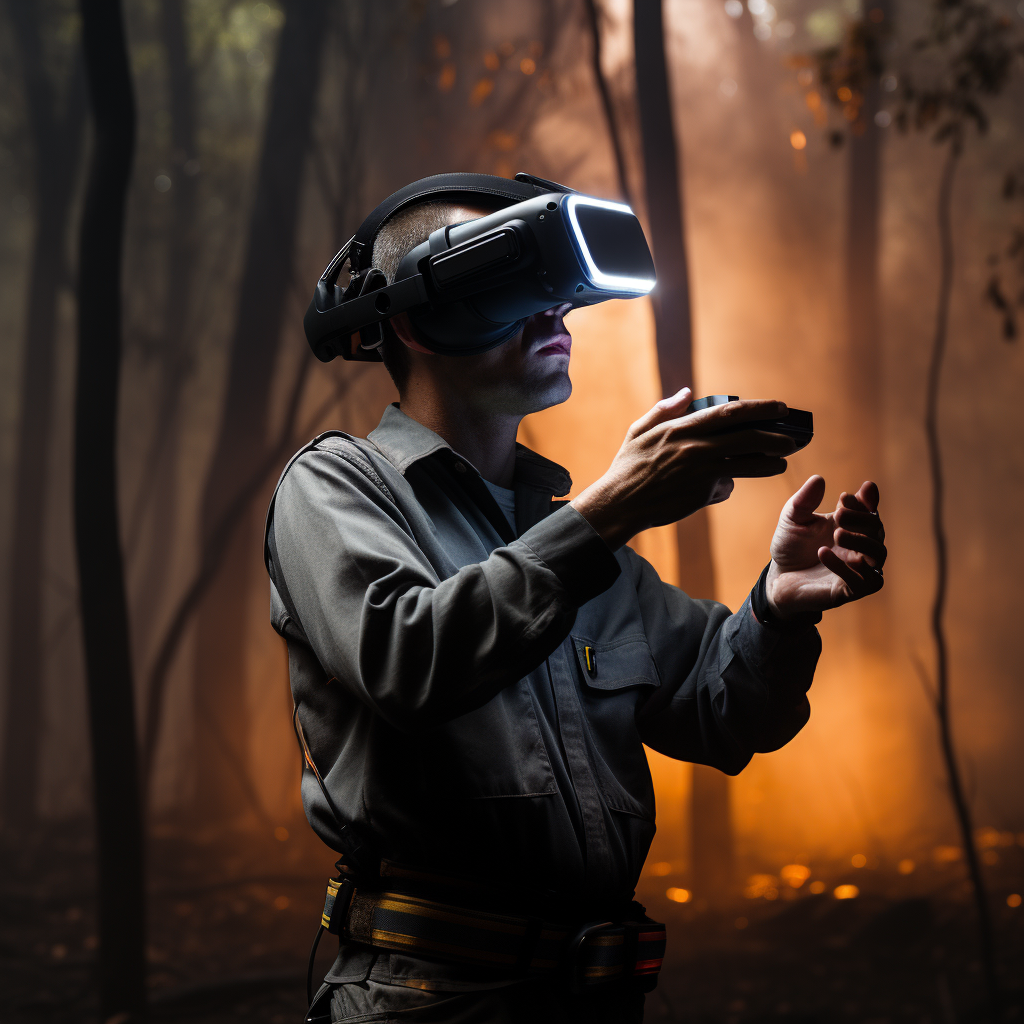
Project Tasks
1. Engineering Design Portfolio: This portfolio tracks your journey through the iSTEM Engineering Design process, highlighting how your understanding of the bushfire issue evolved, the steps you took to develop your solution, and your final prototype. It showcases your skills in critical thinking, creativity, problem-solving, and applying design principles.
2. Pitch Video: Students will create a 5-minute video to pitch your Bushfire STEM solutions. Include your team, the bushfire scenario you are addressing, and your innovative solution. Highlight how you have used STEM in your solution, its benefits, challenges faced, and future plans for the project. Your video should be clear, captivating, and show your enthusiasm for the project.
3. Prototype Solution: Build a prototype for your chosen bushfire scenario. It should demonstrate your innovative solution and its real-world application. Focus on using your STEM skills to create a practical prototype. This prototype is a key part of the Fire-Ed Up project, showing how your idea works and ties in with your portfolio and pitch video. Your goal is to bring your concept to life, even if it’s not perfect – it is about learning and demonstrating your solution.
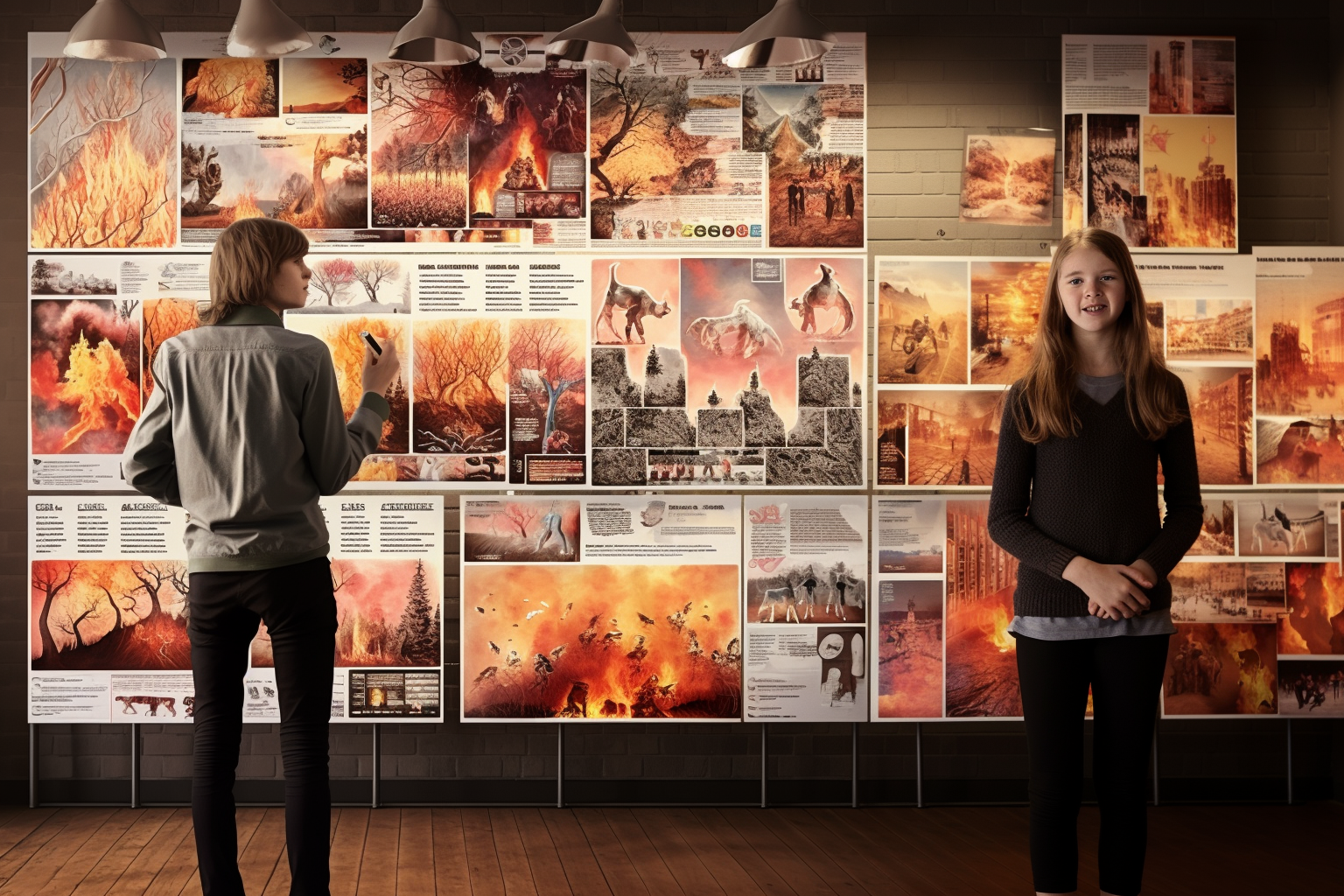
Fire-Ed Up Design Scenarios
Students working in teams are encouraged to design a STEM-based solution for one of the following bushfire-related challenges. Some scenarios have additional support materials available, click on links for more information.
The Scenarios
1. Fire Detection Technology: Develop a cost-effective, deployable technology to detect bushfires early. This may include microcomputer technologies, sensors, satellites, robotics, AI systems, or data analysis techniques for rapid detection of potential fire conditions.
Read more
2. Australian Fire Danger Rating System: Utilising STEM technologies and local environmental insights to enhance your community’s bushfire danger rating system.
Read more
3. Fire Prediction Models: Utilise data science to formulate a model that predicts bushfire occurrences based on factors like weather, vegetation, and topography.
Read more
4. Bushfire Resistant Buildings: Create a new or redesign an existing structure to enhance bushfire resistance, using fire-resistant materials and landscaping techniques to create defensible spaces.
Read more
5. Cultural Burning Practices: Conceive solutions that combine traditional cultural burning practices with modern fire management strategies, using technology as an enabler.
Read more
6. Fauna and Flora Protection: Propose a STEM-based design solution to protect fauna and flora from bushfire impacts. This may involve designing animal shelters, techniques to shield fire-sensitive environments, or methods to safely move wildlife during a fire.
Read more
7. Post-Fire Rehabilitation: Design solutions for rehabilitating lands after a fire, including strategies to prevent erosion, promote new growth, or restore wildlife habitats.
Read more
8. Firefighting Equipment Innovation: Devise innovations or improvements to existing firefighting equipment, which might include the development of new fire suppression substances, efficiency enhancement of water-dropping aircraft, or design of portable firefighting devices for residents.
Read more
9. Bushfire Emergency Communication: Design a reliable, accessible communication system for use during bushfires, including alert systems, communication channels with emergency services, or real-time public information dissemination methods.
Read more
10. Student Identified Problem: Students are welcome to design a solution to a bushfire-related problem they have identified themselves.
Read more
Downloadable Resources

iSTEM Fire-Ed Up – Student Design Folio
Download the Fire-Ed Up iSTEM Project Based Learning student design folio.
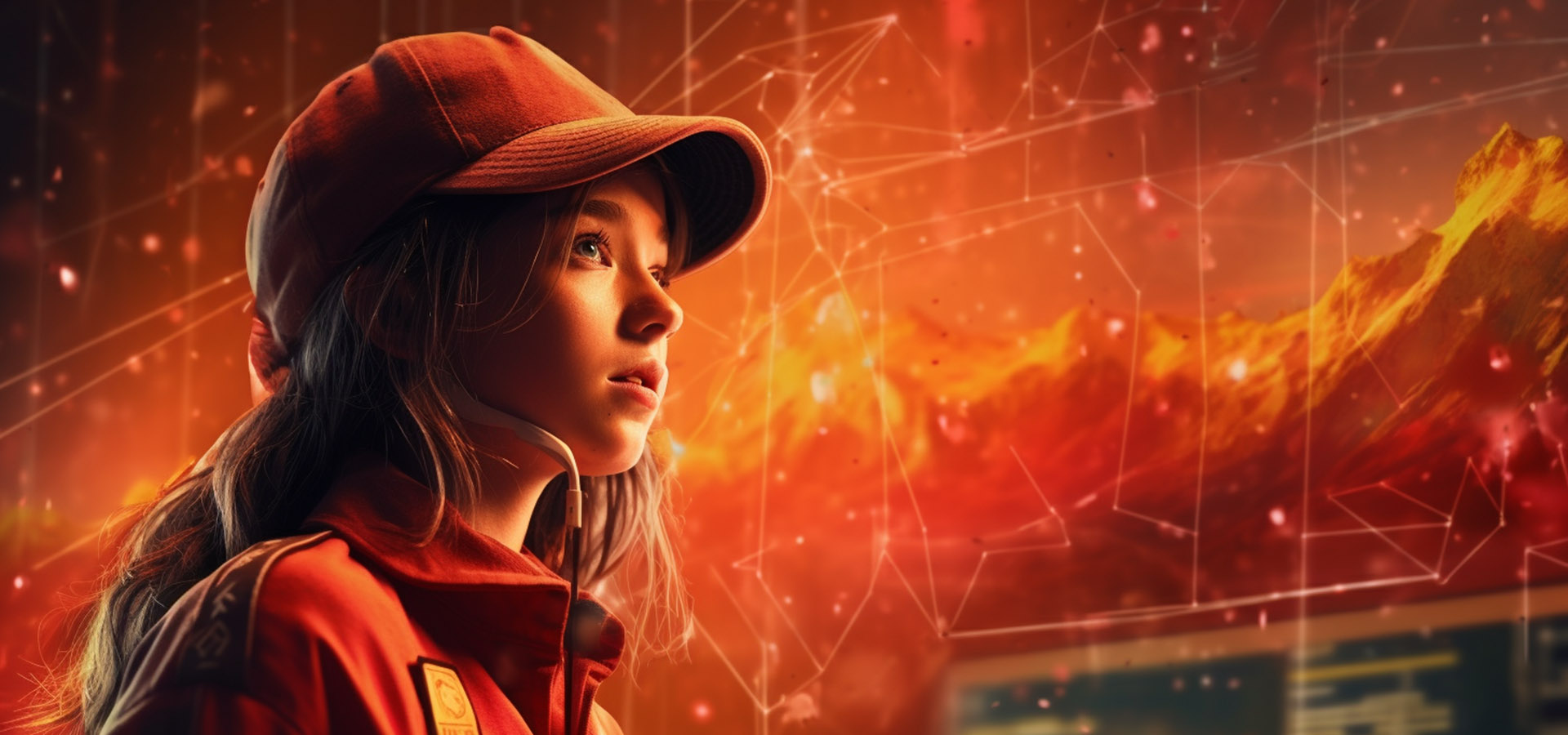
iSTEM Fire-Ed Up – Learning Sequence
Download the Fire-Ed Up iSTEM Project Based Learning learning sequence.

Fire-Ed Up Stage 5-iSTEM Sample Assessment Task
Download the Fire-Ed Up iSTEM sample assessment task.

Sample Assessment Task Marking Rubric
Download the Fire-Ed Up iSTEM sample assessment task marking rubric.
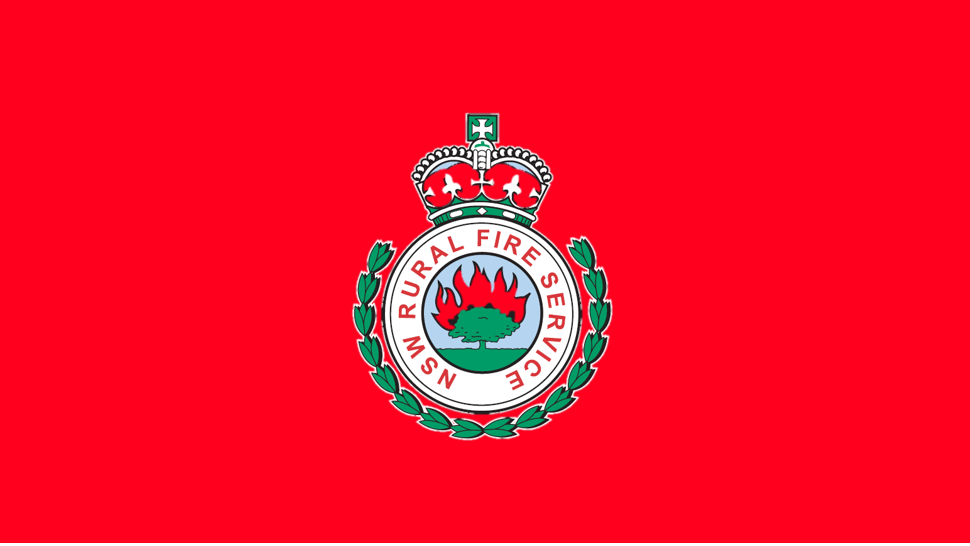
NSW RFS Firefighters Pocket Book
The NSW Rural Fire Service Firefighters Pocket Book Dec 2010 edition.
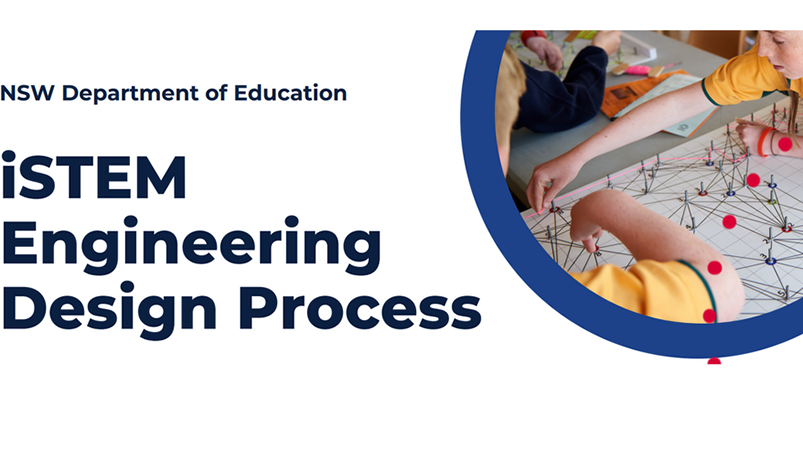
iSTEM Engineering Design Process
The iSTEM process developed by the NSW Department of Education is an industry-recognised engineering design process and scaffolds the understanding and application of design thinking.

iSTEM Process Guide
In this document, each stage/cog of the iSTEM process is outlined with key questions to ask students and possible actions your students would need to undertake when completing each stage of the process.
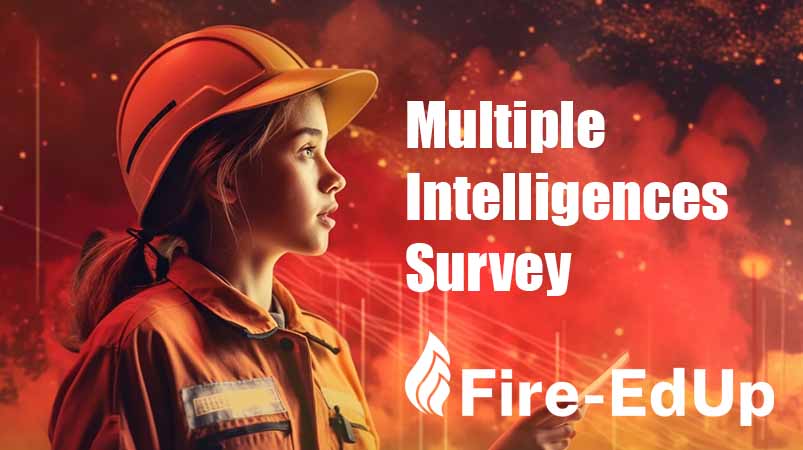
Multiple Intelligences Survey
This is a survey instrument that you can get students to complete which will help determine your student’s intelligence profile. The purpose is to identify different strengths to help inform team selections.
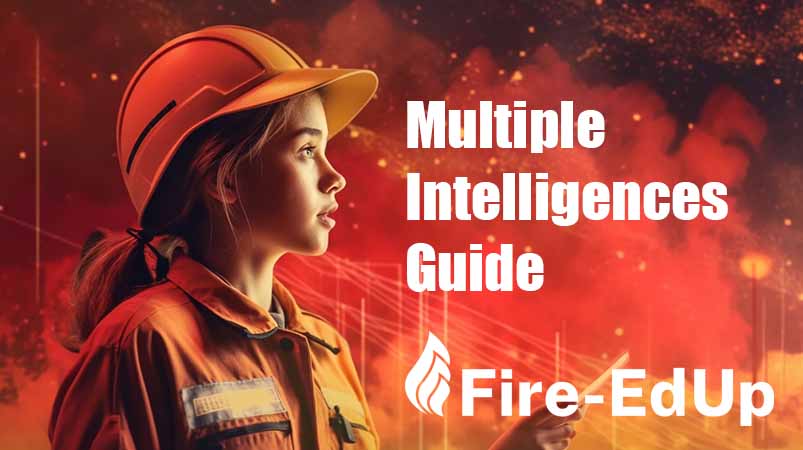
Multiple Intelligences Guide
The Multiple Intelligence guide is to assist students in determining their core characteristics as a learner. It provides strategies to support learning and suggests technologies that might stimulate their different intelligences.
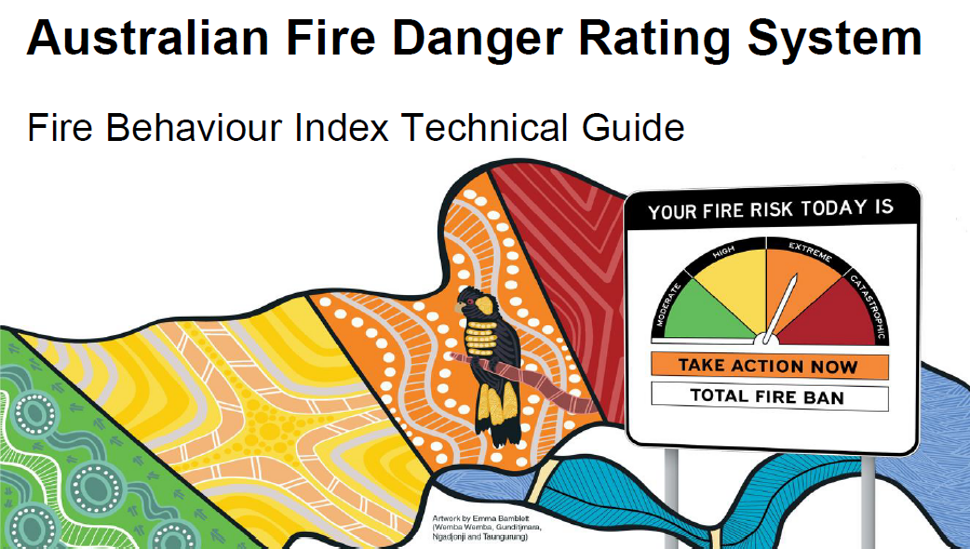
Australian Fire Danger Rating System
Australian fire danger rating system – Fire Behaviour Index Technical Guide V2.1 Oct 2023.
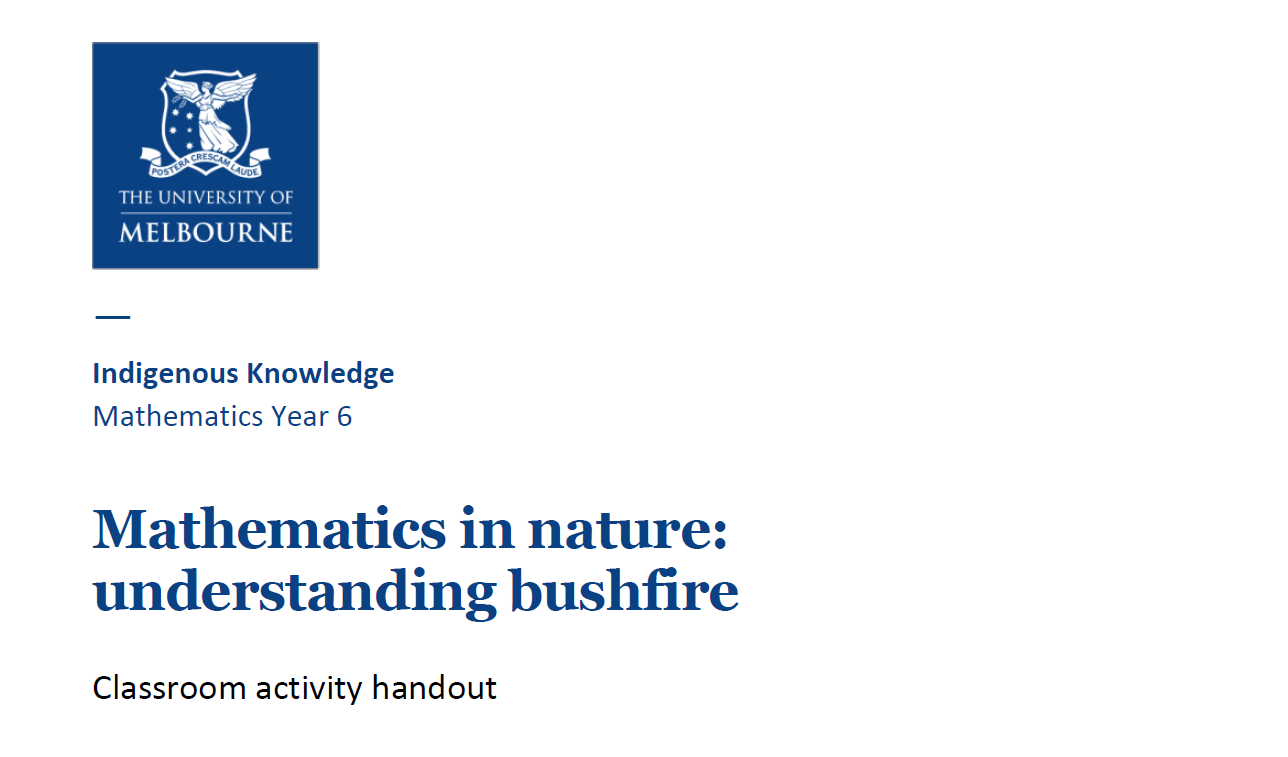
Mathematics in nature
Understanding bushfire activity handout – Indigenous knowledge from the University of Melbourne.
Video Based Resources
The following are a mixture of Fire-ED Up original video resources and others that you might find useful.
The Power of Creative Constraints
There are constraints in any project. These constraints can cover everything from the cost of resources, how quickly can you get those resources, how many people you have and much more. In this TED-ED video, Brandon Rodriguez explains how creative constraints actually help drive discovery and innovation. (4:51 minutes)
Constraints in Design Thinking
Ted Tagami CEO of Magnitude.io talks with Dr Nick De Leon from the Royal College of Art in the United Kingdom discuss the need for constraints in the design thinking process. (9:23 minutes)
Brainstorm – Sketching Your Ideas in 3D
In this video Glenny-D from Splat 3D takes you on a journey to discover the 3 keys for drawing in 3D. After watching this video students will be able to produce basic design sketches to help with the brainstorming process. (16:19 minutes)
How to Empathy Map
A 5-step process for creating empathy maps that describe user characteristics at the start of a design process. (02:51 minutes)
Convergent vs Divergent Thinking
Anne Manning from Harvard Professional Development demonstrates exercises for divergent and convergent thinking. (3:38 min)
Using CAD in design
Ian Preston, Deputy Principal of the NSW Virtual STEM Academy discusses how to use CAD in design (14:46 min)
CSIRO – Creating a bushfire-ready nation
CSIRO works with rural fire agencies and other research agencies so scientists can apply knowledge of ecosystem and bushfire dynamics to real events. (1:21 minutes)
Smoke From Australian Bushfires in January, 2020
Smoke injected into the atmosphere from the 2020 Australian fires and its subsequent eastward dispersal observed by NASA satellites CALIPSO and MODIS over a several-day period. The bright colours indicate the presence of small particles (aerosols) and the white colour indicates clouds. (0:18 minutes)
Global Transport of Smoke from Australian Bushfires
High-impact events between August 2019 and January 2020, including Hurricane Dorian (August to September 2019), major fire events in South America and Indonesia (August to September 2019), and extreme wildfires in Australia (December 2019 to January 2020) (2:13 minutes)
The science of bushfires explained | ABC News
What is the science behind bushfires? What does it need to take off and become a raging inferno? (2:40 minutes)
Other Resources
Websites
Australian Fire Danger Rating System
https://afdrs.com.au/
Core Electronics Fire-Ed Up Guide
coreele.io/Fire-edup
NSW RFS – Fires Near Me Website
https://www.rfs.nsw.gov.au/fire-information/fires-near-me
Bushfire Prepare WA Government
https://www.dfes.wa.gov.au/hazard-information/bushfire/prepare
CSIRO Guide to rate of fire spread models for Australian Vegetation
https://research.csiro.au/firemodelsguide/
Australian Bureau of Meteorology
http://www.bom.gov.au/
NSW Rural Fire Service – Neighbourhood Safer Places
https://www.rfs.nsw.gov.au/plan-and-prepare/neighbourhood-safer-places
NSW Department of Education – Bushfire and Grassfire Risk Ratings Categories
https://education.nsw.gov.au/inside-the-department/health-and-safety/emergency-planning-and-incident-response/emergency-management-procedures/bushfire-planning#/asset1
Mindtools – Brainstorming
https://www.mindtools.com/acv0de1/brainstorming
Other Resources
Bushfire Survival
Online RFS Bushfire Survival plan
https://www.myfireplan.com.au/
Bushfire Survival Plan PDF version
https://www.rfs.nsw.gov.au/__data/assets/pdf_file/0017/2933/BushFireSurvivalPlan.pdf
Apps
NSW RFS Firefighter Pocketbook – Android
https://play.google.com/store/apps/details?id=com.tiltandco.pocketguide&hl=en_AU&gl=US
NSW RFS Firefighter Pocketbook – IOS
https://apps.apple.com/au/app/nsw-rfs-firefighter-pocketbook/id872370884
Hazards Near Me – Android
https://play.google.com/store/apps/details?id=au.gov.nsw.rfs.firesnearme.nsw
Hazards Near Me – IOS
https://apps.apple.com/au/app/hazards-near-me-nsw/id370891827
Satellites
Himawari-8 Satellite Viewer Introduction Video
https://www.youtube.com/watch?v=mODSZFIYVqk
Australian Bureau of Meteorology’s Satellite Viewer Site
http://satview.bom.gov.au/
Software
Spatial Information eXchange
https://maps.six.nsw.gov.au/
NSW Department of Education – Digital Learning Selector
https://app.education.nsw.gov.au/digital-learning-selector/?cache_id=e6c80
